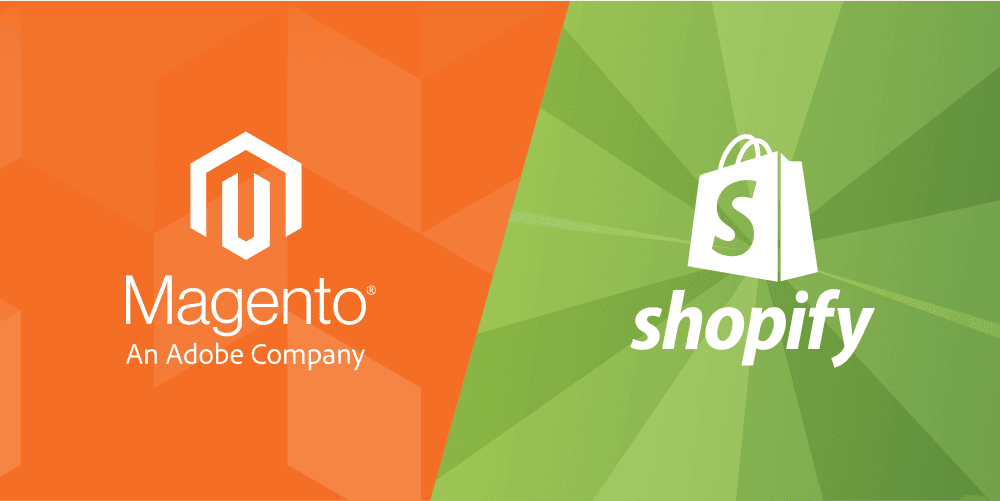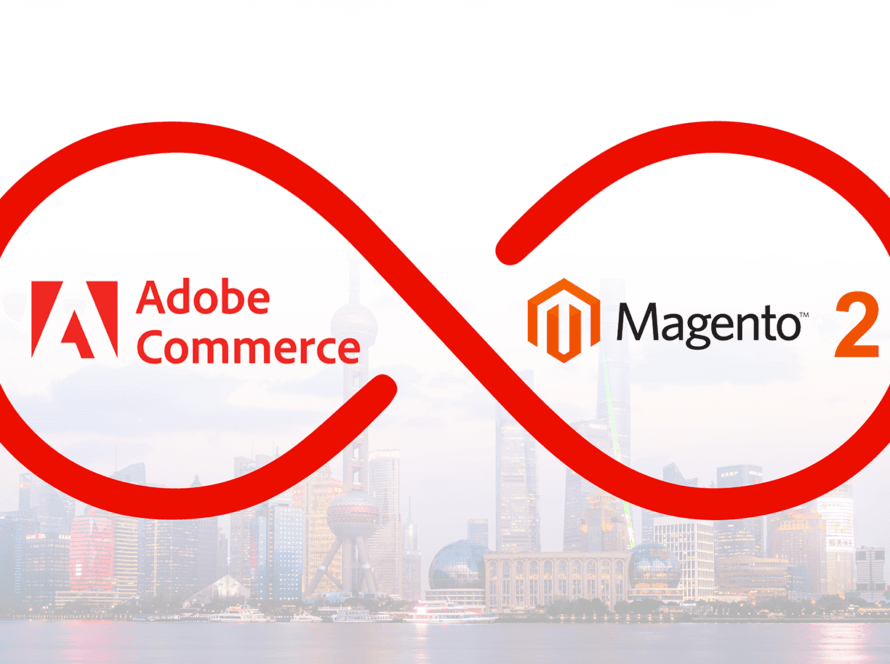When it comes to choosing an e-commerce platform, Magento and Shopify stand out as two of the most popular options. Both platforms offer unique advantages, making the choice dependent on your business needs, technical expertise, and growth plans. In this article, we compare Magento and Shopify based on key features, scalability, cost, and more to help you decide which platform is right for your business.
1. Ease of Use
- Shopify: Shopify is renowned for its user-friendly interface. Its drag-and-drop builder and intuitive dashboard make it easy for beginners to set up and manage an online store without any coding knowledge.
- Magento: Magento, on the other hand, is more complex and requires technical expertise. While it offers immense customization capabilities, its steep learning curve can be a challenge for beginners. Businesses often need to hire a developer to fully utilize Magento’s potential.
2. Customizability and Flexibility
- Shopify: Shopify provides a wide range of themes and apps in its marketplace. However, customization options are limited compared to Magento. Advanced customizations may require third-party apps or Shopify Plus, which is more expensive.
- Magento: Magento is highly customizable, allowing developers to tweak every aspect of the store. It’s ideal for businesses that need specific functionalities or unique designs.
3. Scalability
- Shopify: Shopify is scalable for small to medium-sized businesses. For enterprise-level scalability, Shopify Plus is available, but it comes at a premium cost.
- Magento: Magento excels in scalability, making it suitable for businesses expecting significant growth. It can handle a large number of products, high traffic, and complex operations seamlessly.
4. Cost
- Shopify: Shopify operates on a subscription model, with plans starting at $29 per month. Additional costs include transaction fees (if not using Shopify Payments) and paid apps. Shopify Plus costs significantly more but offers enterprise-level features.
- Magento: Magento Open Source is free to download and use, but there are costs for hosting, domain registration, and extensions. Magento Commerce (now Adobe Commerce) is a paid solution for larger enterprises and comes with substantial costs.
5. SEO and Marketing
- Shopify: Shopify offers solid SEO capabilities, including customizable meta tags, mobile-friendly designs, and a clean URL structure. Its built-in marketing tools support email campaigns, social media integrations, and more.
- Magento: Magento is highly SEO-friendly, with advanced features like custom meta tags, XML sitemaps, and canonical tags. Its flexibility allows for deeper optimization, which can benefit businesses with a focus on organic traffic.
6. Payment Options
- Shopify: Shopify supports over 100 payment gateways. However, using external gateways incurs additional transaction fees unless Shopify Payments is used.
- Magento: Magento offers extensive payment integrations without extra transaction fees. Businesses can integrate multiple gateways to suit their needs.
7. Support and Community
- Shopify: Shopify provides 24/7 customer support via chat, email, and phone. Its extensive documentation and community forums are also helpful for troubleshooting.
- Magento: Magento lacks official customer support for its open-source version but has a large developer community and resources. Magento Commerce users receive professional support from Adobe.
Conclusion
The choice between Magento and Shopify depends on your business requirements:
- Choose Shopify if you want a simple, user-friendly platform with quick setup and minimal technical overhead.
- Opt for Magento if you need a highly customizable and scalable solution, and you have the technical resources to manage it.
Both platforms have their strengths and cater to different audiences. Assess your budget, technical expertise, and business goals to make the best decision for your e-commerce venture.



